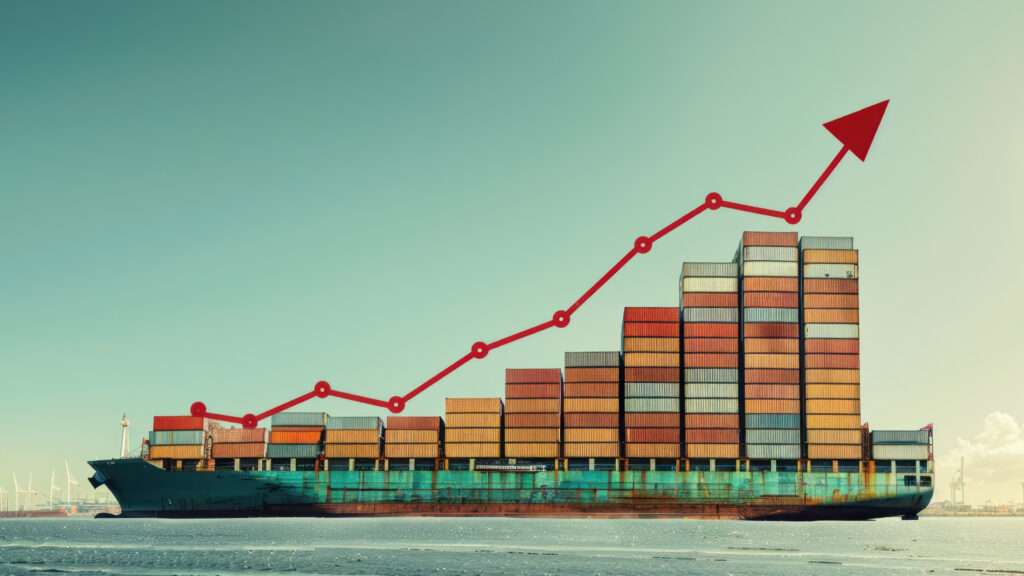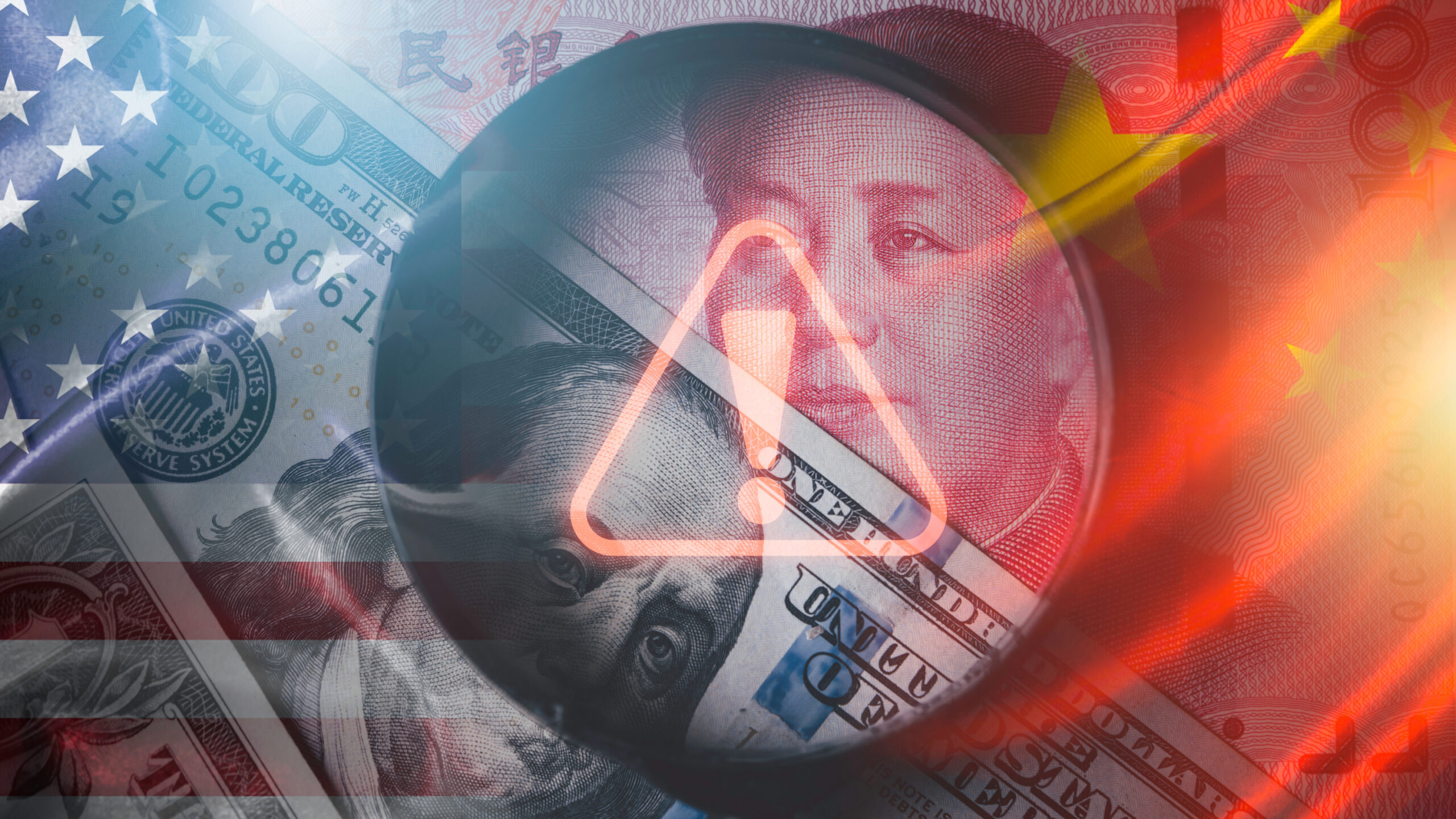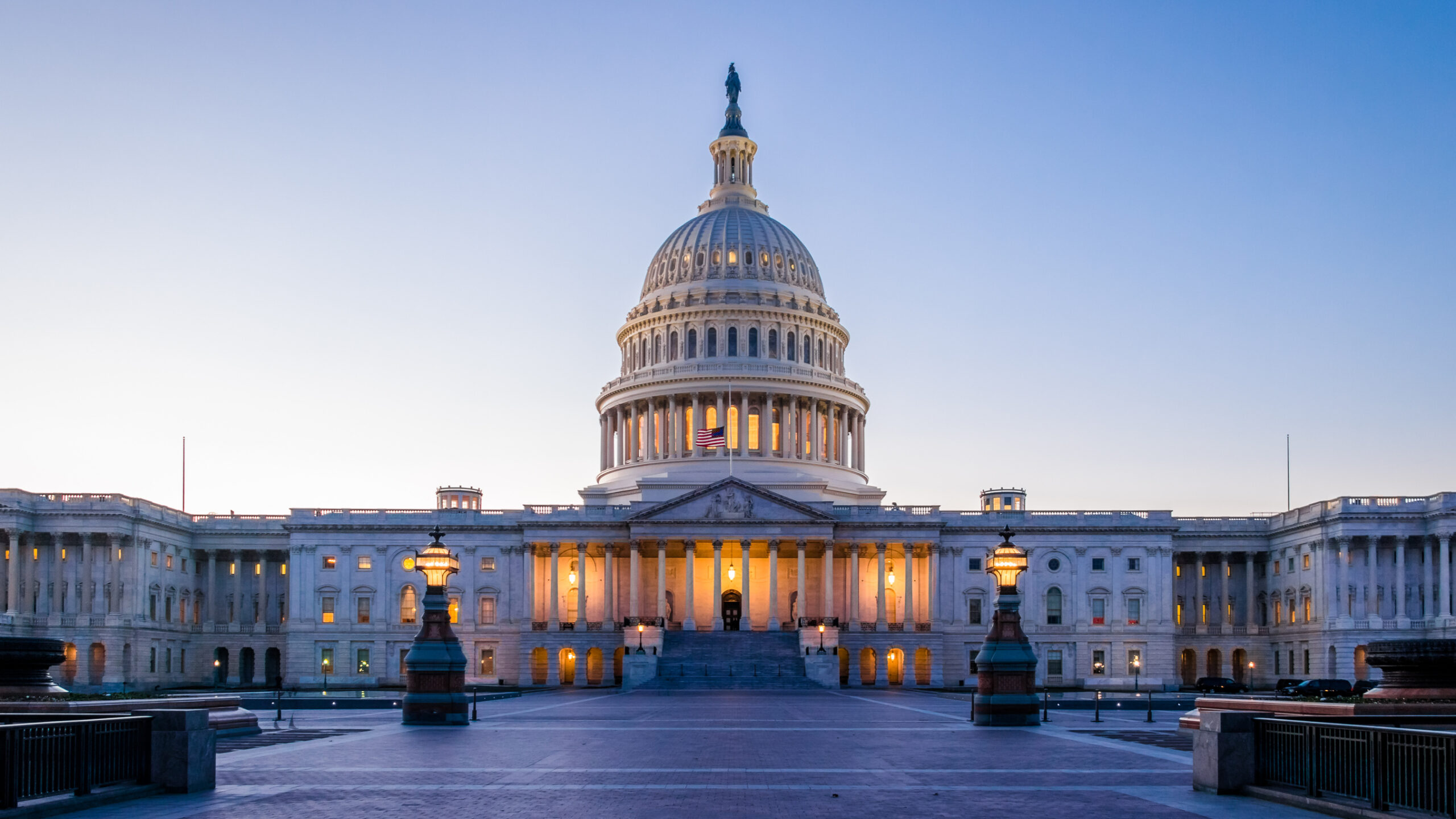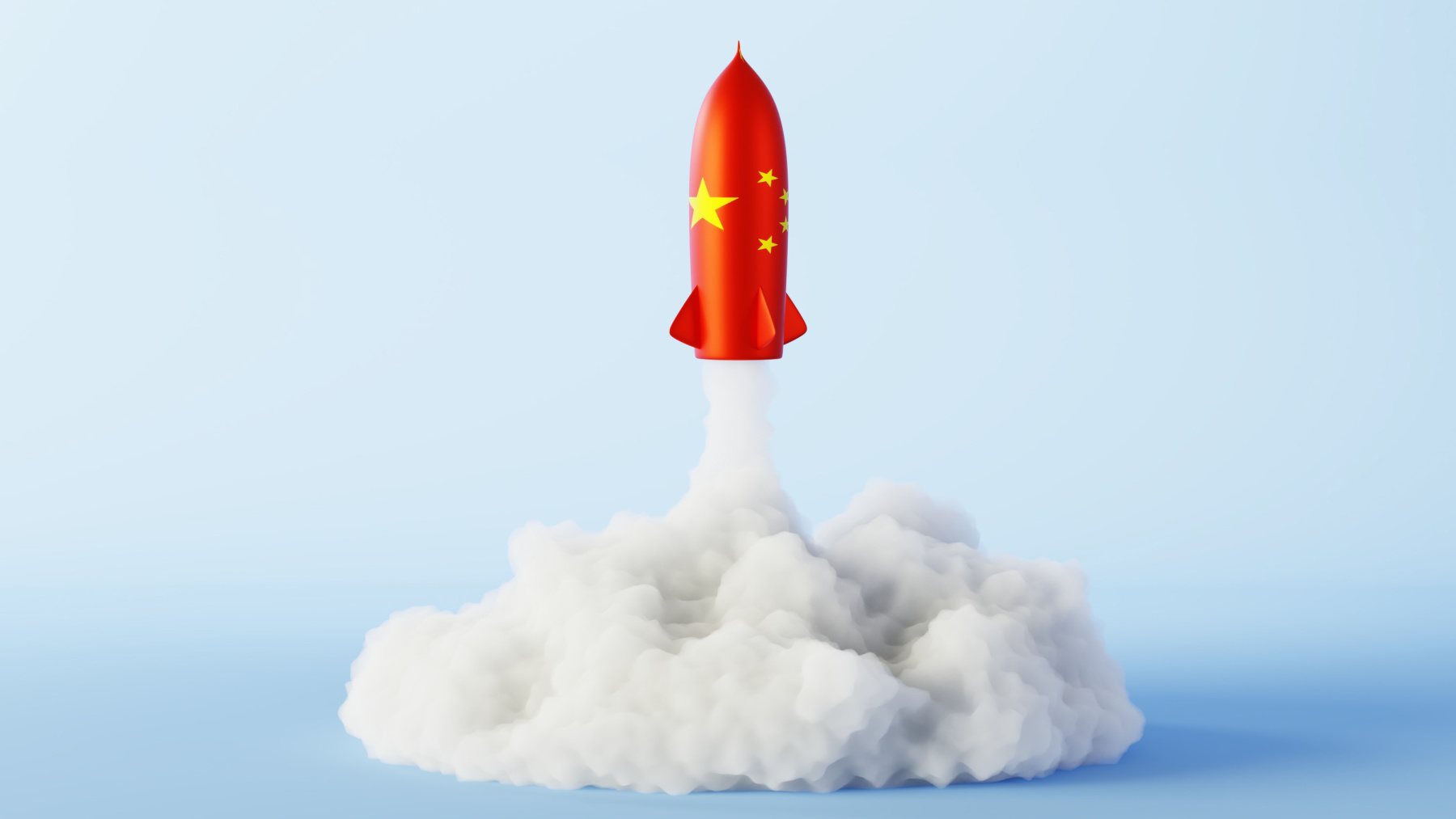WASHINGTON — The Coalition for a Prosperous America (CPA) today released a new economic analysis showing that a global 10% tariff on all U.S. imports would generate U.S. economic growth, increase real wages, increase employment, and raise additional revenue to lower taxes for lower- and middle-class Americans.
“Our analysis finds that a 10% tariff would stimulate domestic production and raise economic growth to produce a 5.7% increase in real income for the average American household,” said CPA Chief Economist Jeff Ferry. “Further, the $263 billion raised in tariff revenue could be used to provide tax refunds to all households with income below $1 million a year, creating a progressive tax refund.”
Specifically, CPA’s economic model simulation of a universal 10% tariff found the following:
- A 10% “universal” tariff on all U.S. imports, combined with a schedule of income tax cuts would generate economic growth of $728 billion and 2.8 million additional jobs, according to the CPA economic model of the U.S. economy.
- The tariff would generate an estimated $263 billion, which could be used to provide a substantial $1200 tax refund to lower-income households and refunds of 3%-4% of income for middle-income households.
- Real household incomes rise by 5.7%, equivalent to $4,252, making workers better off and which more than offsets a small, initial price impact of half a percentage point per year.
- Results show progressive impact on taxation, i.e. lower/middle income households benefit more than upper-income taxpayers.
CPA’s economic model shows that consumers would see no meaningful price increases as a result of the 10% global tariff. CPA’s analysis finds that consumer prices would rise by about half a percent per year over an anticipated six year adjustment period, for a cumulative total of 3.26% as a result of the economic stimulus from the tariff package. This is a one-time price increase, as the increased demand for goods and services raises both output and prices. This modest price increase matches the experience of consumer prices in the period 2018 to early 2020 (before the onset of the COVID pandemic), when consumer price increases were virtually undetectable following the imposition of the Trump tariffs which began in the first quarter of 2018.
Earlier this year, U.S. Treasury Secretary Janet Yellen said that the Section 301 tariffs on Chinese goods would not raise consumer prices. Similarly, National Economic Council Director Lael Brainard reiterated the importance of the Section 301 China tariffs to avoid a China Shock 2.0.
“More economists have come round to the view that trade policy is necessary to defend and promote high-value manufacturing industries in the U.S. in light of the efforts by China and other low-wage countries to export their way to growth,” said Ferry. “Economists have known since 1941 that so-called free trade is not win-win and specific policies are necessary to promote economic growth and avoid income inequality in the modern world.”
A report by the U.S. International Trade Commission (USITC) analyzing the effects of Section 232 and Section 301 tariffs on more than $300 billion of U.S. imports found that the tariffs reduced imports from China and effectively stimulated more U.S. production of the tariffed goods, with minimal impact on prices.
About CPA’s Economic Model
The standard, widely-used trade model, Global Trade Analysis Project (GTAP), assumes full employment in the economy both before and after trade policy actions. This and other built-in assumptions make the model unrealistic and render it inevitably misleading as a forecasting tool. Veteran economic modeler Professor Tim Kehoe, who was an advisor at the Minneapolis Federal Reserve Bank, looked at years of GTAP studies and concluded the model had demonstrated “zero predictive accuracy.”
The CPA team modified the GTAP model to make it more realistically simulate the impact on the economy of trade action that affects imports. The CPA version of the model, known as GTAP-FP, allows domestic production to change in response to trade policy actions. The parameters in the model modifications are based on actual U.S. data from recent experience.
CPA Chief Economist Jeff Ferry and Badri Gopalakrishnan, an economist who is on the advisory board of the GTAP Consortium, recently authored an academic article documenting the modified GTAP model developed by CPA’s Economics Team. The article was published in May in the peer-reviewed economics journal Empirical Economics Letters. Gopalakrishnan stated that, “Our technical modifications enable the model to generate more realistic scenarios of how import restriction can generate economic growth, based on recent empirical evidence from the USITC.”
RELATED:
- July 2024: CPA Economic Model Documented In Academic Journal
- May 2024: Yellen Says China Tariffs Won’t Cause Consumer Price Increases
- February 2024: Economic View: Tariffs Have Strengthened The U.S. Economy
- November 2023: CPA Improves Leading Trade Model To Reflect Real-World Effects Of Trade
- June 2023: Section 301 Tariffs Reduced U.S. Dependence On China, Decoupling Has Begun
- March 2023: ITC Study Proves Effectiveness Of China Tariffs On Boosting Domestic Production, Reducing Dependence On Imports
# # #












